Advertisement
Could DBS Provide Relief for Huntington’s Disease?

By Sean Nagel, MD, and Stephen Rao, PhD
Advertisement
Cleveland Clinic is a non-profit academic medical center. Advertising on our site helps support our mission. We do not endorse non-Cleveland Clinic products or services. Policy
Targeted electrical stimulation via deep brain stimulation (DBS) – an established intervention to manage motor symptoms of neurodegenerative conditions such as Parkinson’s disease – may hold promise for Huntington’s disease (HD) patients as well.
Cleveland Clinic Neurologic Institute’s HD team believes DBS could help maintain independence, relieve suffering and improve quality of life in select patients by modifying the disorder’s motor and cognitive effects.
Based on results from other completed observational trials for HD, along with our experience treating neurodegenerative diseases and major breakthroughs in imaging research, especially in patients with HD, our team is planning to pursue a pilot study using DBS to modulate dysfunctional neural circuits.
HD is an autosomal dominant neurodegenerative disorder characterized by progressive motor, psychiatric and cognitive degeneration. It invariably leads to neurologic disability and premature death. In the United States, some 30,000 individuals have been diagnosed with HD symptoms (termed manifest disease), and twice as many who have the genetic defect implicated in HD have yet to manifest symptoms.
In individuals who inherit the HD gene mutation, an expansion of a cytosine-adenosine-guanine (CAG) repeat (>40) translates into a polyglutamine expansion that results in production of a neurotoxic mutant protein called huntingtin. The patient’s age at the time of motor symptom onset correlates inversely with the number of repeated sequences.
Initial HD manifestations result from preferential degeneration of medium spiny neurons (90 percent of all neurons in the striatum) within the indirect pathway of the basal ganglia. Progression leads to cortical disassociation, whereby established simple and complex skills are decoupled. As a result, the individual can no longer acquire new behaviors and motor tasks and his or her existing abilities deteriorate.
Although research is ongoing, there is no cure available and symptomatic treatment options are limited.
Chorea, a randomly distributed and abrupt involuntary movement, is the distinguishing motor symptom of HD. Some individuals present with absence of voluntary movements (i.e., parkinsonism and dystonia), especially later in the disease. The risk of falls from changes in volitional movement is especially distressing for patients and families.
Tetrabenazine is the only FDA-approved agent for chorea associated with HD. The FDA recently accepted a new drug application for deutetrabenazine, an extended-release agent for treating chorea in HD.
Psychiatric and cognitive symptoms may be as debilitating as HD’s motor symptoms. A dysexecutive syndrome is characterized by difficulties with planning, organizing and cognitive flexibility. Progression to global dementia is relentless and resistant to intervention.
Psychiatric symptoms, which are managed as in the general population, include:
Advertisement
The idea of using DBS for HD is not new. During the past 10 years, individual cases and studies with small cohorts have been reported. The goal of most of these studies was to reduce the chorea. Safety seems to have been established, but much more knowledge is needed.
When to intervene in HD is a critical question. The success of DBS surgery is related directly to finding the specific brain target and intervening at the optimal time. Operating too early may pose unnecessary risk, whereas intervening after substantial brain degeneration occurs may not be beneficial. New therapies to realign cortical and subcortical structures or reinforce existing neuronal pathways may be possible by adjusting DBS leads implanted at certain nodes within the brain (Figure 1).

Therapeutic targets for DBS in HD. The scale of the response could be modulated by using different stimulation paradigms in addition to the location of the lead(s). For example, increasing dopaminergic activity through SNc stimulation may improve on specific striatal processing that governs learning. Similarly, thalamic stimulation at low frequencies may modulate multiple nested frequencies simultaneously to re-establish a normal frequency spectrum. High frequency, triggered focal, pulsed stimulation of the striatum paired to a specific task could augment learning of specific skills by boosting event sequencing. Legend: D2/D1 = dopamine receptors; STN = subthalamic nucleus; GPe = globus pallidus externa; GPi = globus pallidus interna; SNr = substantia nigra reticulate; SNc = substantia nigra compacta.
Reprinted from Nagel SJ, Machado AG, Gale JT, Lobel DA, Pandya M. Preserving cortico-striatal function: deep brain stimulation in Huntington’s disease. Front Syst Neurosci.2015;9(32):5.
Because the phenotypic expression of HD is heterogeneous, DBS may benefit only a select group of patients. Determining this subset is paramount to the success of any intervention.
We outline in detail our position regarding the use of DBS for HD in a paper our team recently published in Frontiers in Systems Neuroscience.
The Huntington’s Disease Comprehensive Care Program at Cleveland Clinic is designated as a Center of Excellence by the Huntington’s Disease Society of America. Our team, which includes neurologists, neurosurgeons, psychiatrists, neuropsychologists, neurophysiologists, imaging specialists, genetic counselors, therapists, specialized nurses and midlevel practitioners, provides patient-centered care in one convenient outpatient clinic location.
The program is part of Cleveland Clinic’s Center for Neurological Restoration, an integrated, multidisciplinary team offering the latest medical and surgical innovations for patients with intractable movement disorders and other neurological conditions.
Dr. Nagel is a neurosurgeon in Cleveland Clinic’s Center for Neurological Restoration.
Dr. Rao is a staff member in the Lou Ruvo Center for Brain Health and Director of the Schey Center for Cognitive Neuroimaging at Cleveland Clinic.
Advertisement
Advertisement
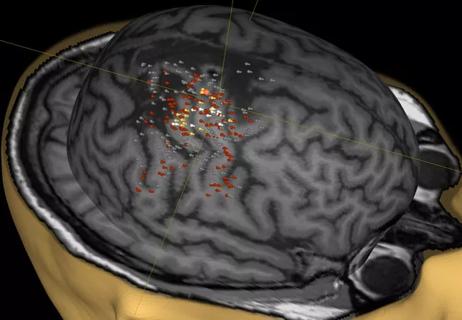
A noninvasive approach to map eloquent areas before surgery
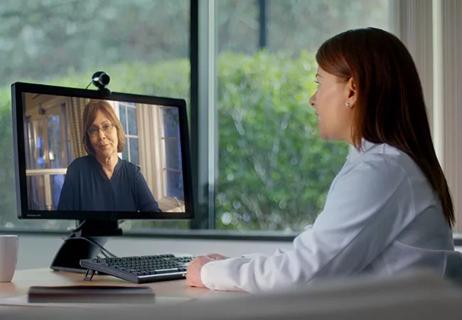
Physician reimbursement policy experts join forces with IT and coders to enable digital transformation
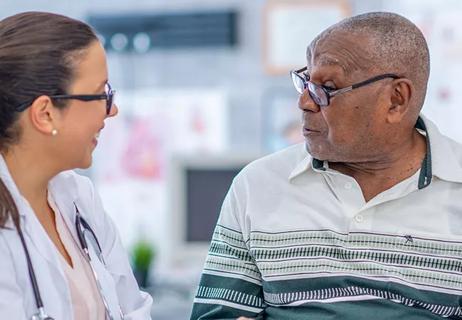
Minority Stroke Program focuses on outreach to racial and ethnic minority communities
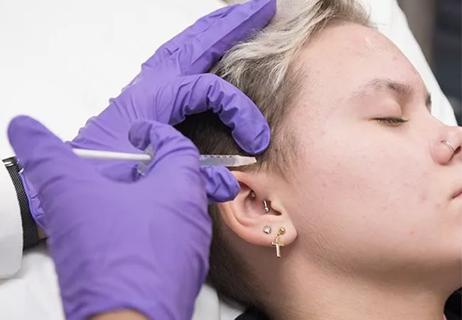
Excellent response seen with ongoing use in patients as young as 11

Q&A with a psychiatrist in Cleveland Clinic’s Transgender Surgery and Medicine Program

Time constraints, language barriers, substance misuse, mood disorders targeted for improvements
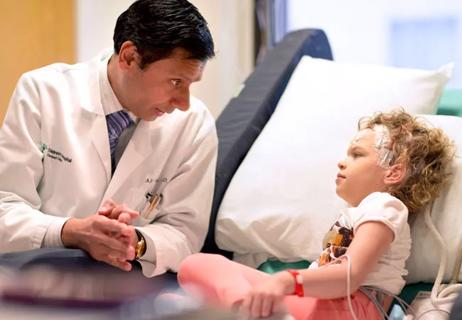
Project draws $1.6M to leverage telemedicine to create medical home, ease transition to adult care
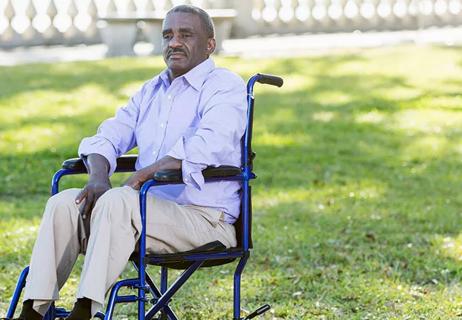
Comorbid depression is only one of the likely warning signs